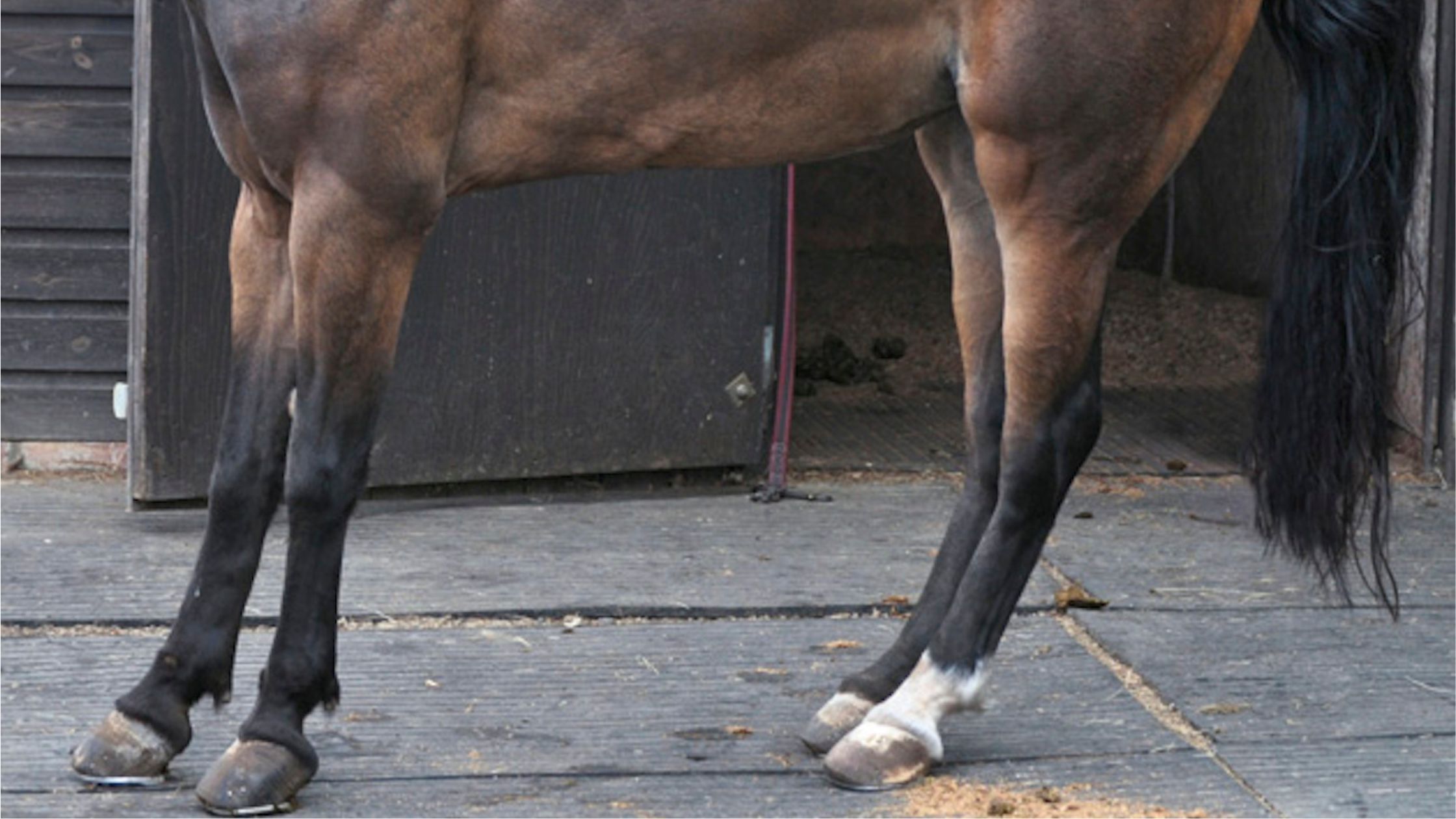Atypical myopathy – sycamore seedlings can be toxic to grazing horses

Atypical Myopathy
Due to lots of sycamore seeds being in the environment last autumn, we are now seeing lots of saplings popping up in fields and paddocks. Sycamores, part of the maple family, are commonly found and distinctive with their 5 lobed leaves. Horses and donkeys which are grazed around sycamore trees, and have access to the leaves, saplings, and seeds can develop Atypical Myopathy following ingestion.
The toxin in sycamores, Hypoglycin (A) targets muscle, including the heart, and stops energy production in muscle cells. This causes the signs are typically seen, weakness, depression, trembling muscles, dark red urine, colic signs usually still with an appetite, and in the worse cases recumbency.
Treatment needs to be fast, and aggressive, involving hospitalisation and fluid therapy for affected horses to have the best chance at survival. The condition does have a high mortality rate, unfortunately, but proper treatment and nursing provide the best chance of survival.
Prevention for the disease involves management and grazing changes, but most are all simple, and easily done. If possible, do not graze horses near sycamore trees. If this is not feasible;
- fence off trees or areas where saplings or seeds are appearing
- reduce turnout time to limit grazing
- provide an extra source of forage (hay or haylage) if grass is in short supply or overstocked, to prevent horses going looking for food
- removing saplings as they appear from pasture if practical
- before turnout, check paddocks and fields for any seeds or saplings
If a case is suspected or confirmed, then other horses grazing in the same field should be removed, and ideally, blood sampled to check for muscle damage as well. Please get in touch if there are any questions or queries.



